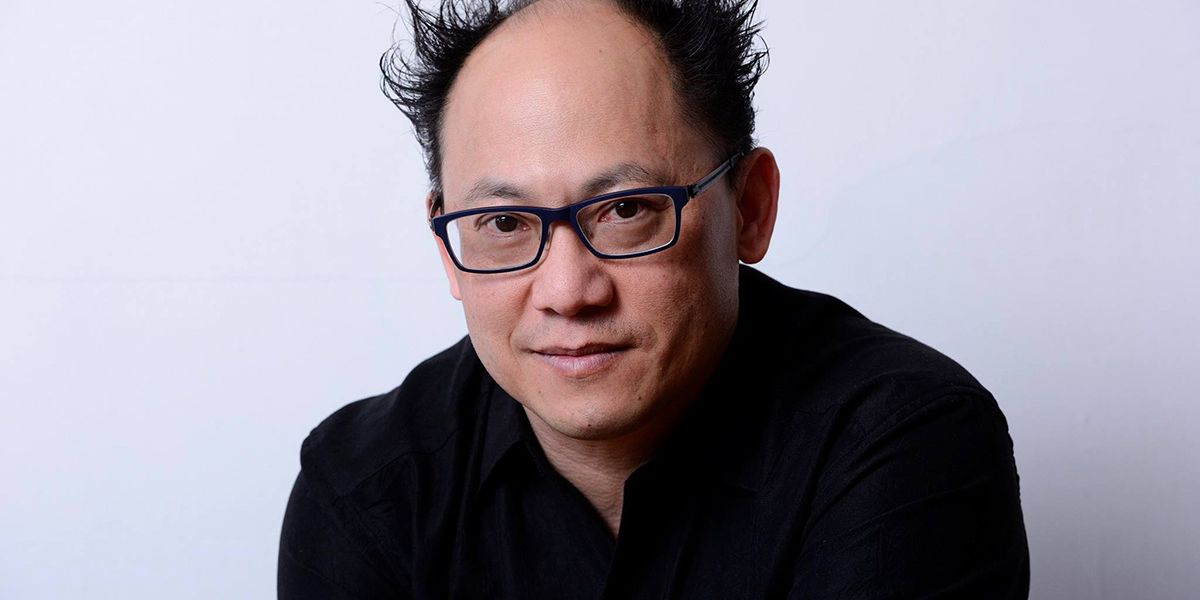Dance Teaching: The Diversity of Anatomy & the Myth of "Pulling Up”
Allow me to start with a question.
In the average graduating class of any dance program (in styles that use pirouettes), how many of the graduates can do a quadruple, clean, controlled, pirouette with consistency? Forty percent? Fifty? Seventy percent? Think carefully before you answer.
I do realize that there are many styles of dance, and that pirouettes are not necessarily an element of importance (or even existent) in certain styles. But understand that I am taking pirouettes as an example simply because it is one of the easiest to understand (and a point of frustration for many dancers).
Now I’ll ask another question: How many university mathematics graduates are capable of solving differential equations correctly and consistently?
Well, the answer to that is—all of them. Because if you can’t do that, you don’t graduate. If you don’t master all of the basic required elements of mathematics, you simply don’t get the paper that says you can. It’s pretty black and white. And no one would even question a mathematician who cannot solve differential equations not receiving a diploma.
I think you get my point. But here we are, faced with the quandary of why it is that this phenomenon happens in dance, or worse, why it is so common.
Hmm…now I think I may be stepping on some egos; I may have just opened a can of worms that I won’t be able to close again. But I guess that if someone is going to open it, it might as well be me.
Register for Atlanta open dance audition, September 9-10, 2018 – It’s your move!
My first instinct is to say that in dance we have a tendency to teach in absolutes—”put your hips here,” “place your shoulders there”… working body placement as if copying a picture that serves as the perfect model, without taking into consideration the actual morphology of the person in front of us. Without taking into consideration the fact that weight distribution is not a constant, neither from person to person, nor within the same person. We teach without taking into consideration biomechanics. Without taking into consideration physics. Without taking into consideration differences in physiology.
Vive la différence. As it should be.
Teachers often use imagery to teach, one of the popular ones which is to “pull up.” In North America, this is a common directive we hear day in and day out, as if hearing it a thousand times will make us dance better than when we heard it the first hundred.
Pull
/poo͝ l/ verb. To draw or haul toward oneself or itself, in a particular direction, or into a particular position.
The definition of “pull” is not news of course, but it is a definition that is somehow completely forgotten the minute we enter the dance studio. Perhaps because unconsciously we know that pulling yourself up is physically impossible.
But let’s say, for argument, that it is.
If you were to take two coat racks, one empty one with a heavy base, and another with a light base and a heavy weight attached to the top, then one doesn’t need to know the actual physics of the two systems to know that the second one will take much less effort to topple. The lower the center of gravity, the easier it is to keep balance.
The essential part of technique is the ability to adjust the body while it’s moving, so that one always knows where their center of gravity is at any given moment. And then of course there is the ability to control it. Part of making it easier to control is to keep the center of gravity as low as possible. When I’m watching dancers in an audition, regardless of what style, I can evaluate whether or not this is happening within a few seconds.
But then this shakes up our concept of “pulling up” completely, because even if it was possible, physics says that it’s not something that you would actually want to do. Belief system disruption. It’s unfortunate.
I’d love to say that the idea of considering individual weight distribution when teaching technique was a new and an innovative construct that I came up with all by myself. That would be something. But it is by far not the case. Jean-Georges Noverre, a French dancer and balletmaster who is generally considered to have created the precursor to narrative ballets (and incidentally whose birthday is celebrated today as International Dance Day), wrote his influential treatise Les Lettres sur la danse et sur les ballets in the mid 1700’s. Speaking about ballet as it existed at the time, he listed Seven Points of Reform—of which the first is none other than:
1. Dancers must be trained with sensitivity to the individual’s anatomy.
That was about 260 years ago. Point made. Almost. It is curious that, although we live in a modern world where the diversity of just about everything is a hot subject, especially among artists—that in the studio what we’re teaching technically is still homogeneous, as if everyone were the same. And instead of analyzing the problems in our teaching methods, questioning why, for example, why only a certain percentage of our graduating students can comfortably perform the aforementioned four clean pirouettes—we instead modify our vision, and simply accept the phenomenon as normal.
And it is, in my opinion, because of the absolutes. But I feel that it is within the relative that the secret lies. And this relativism is important because, in physics terms, we are all not created equal.
About which I can only reiterate: Vive la différence.
But for real.
Rick Tjia
Dance Talent Scout
Cirque du Soleil Casting




